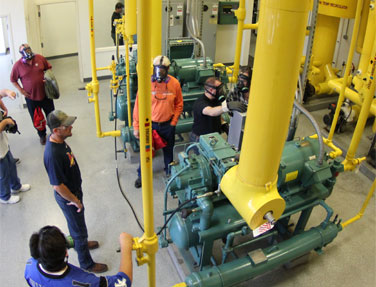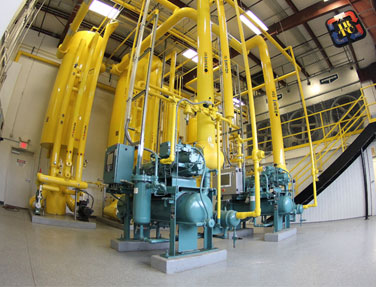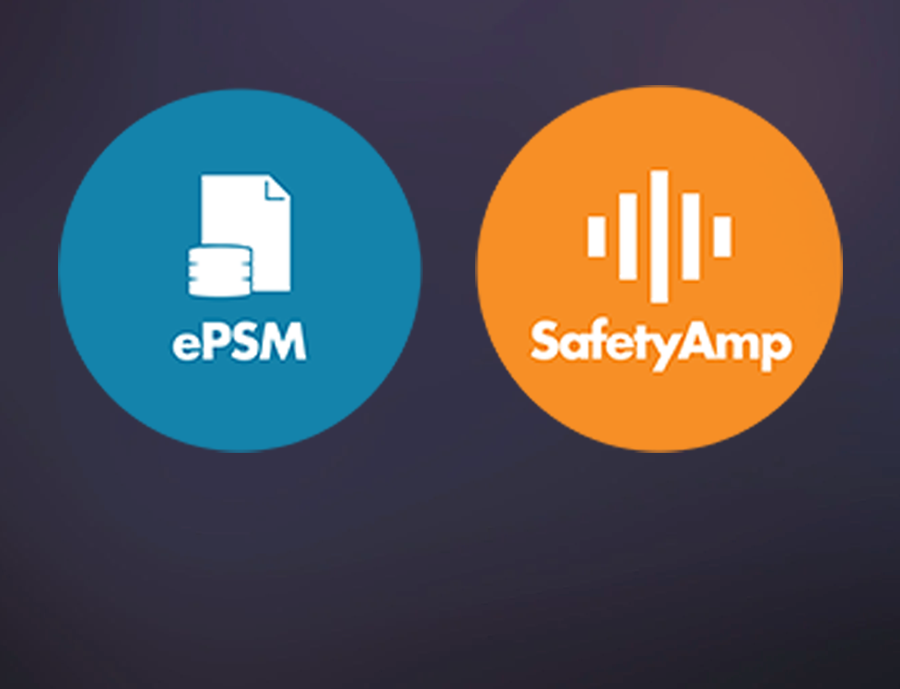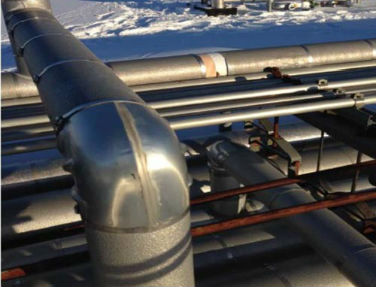Latest News
-
September 17, 2015
Milwaukee: RETA National Conference 2015
IRTC will be attending the 2015 RETA National Conference September 29th - October 2nd in Milwaukee, WI. Visit them at booth # 344!
-
February 3, 2015
SAN DIEGO 2015 IIAR INDUSTRIAL REFRIGERATION CONFERENCE
IRTC will be attending the 2015 IIAR Conference & Exhibition in San Diego, CA March 22-25, 2015. Come visit us at Booth #319.
-
November 4, 2014
VFD's for Refrigeration Equipment
Throughout much of the year, cold storage warehouses and some production facilities operate with partial refrigeration capacity. Reasons for this may include cooler temperatures than the hottest summer days, doors remaining closed due to lower product movement, or varying product cooling/freezing requirements. Variable frequency drives (VFDs) on screw compressors, condenser fans, and evaporator fans can provide considerable energy savings by slowing motor speed when only a portion of the full refrigeration capacity is needed. In addition to using less energy, VFDs can provide smoother starting and operating control.
Screw Compressors
A screw compressor typically lowers its capacity with a slide valve. The slide valve reduces compressor capacity without reducing energy consumption as much. For instance when a slide valve unloads to 50% refrigeration capacity, the compressor may still be requiring 65% energy. By slowing the motor with a VFD to 50% refrigeration capacity, the energy needed would be closer to 50% which can result in significant savings as compressors use the most energy in a refrigeration system.
Evaporative Condensers
Evaporative condensers are typically controlled by cycling fans on and off. Due to the characteristics of fans, VFDs reduce energy consumption greatly when slowing the fans. For instance an evaporative condenser with two 10 horsepower fans would cycle off one fan when needing half of the airflow, therefore using 10 horsepower. Under the same conditions with VFDs, both fans would run at half speed but realistically use about 1.5 horsepower each or only 3 horsepower total.
Evaporators
A similar energy reduction occurs when slowing evaporator fans or air unit fans when the cooling needed is less than the design refrigeration capacity. Additionally, because fans add heat energy into refrigerated rooms, less energy used is less heat energy added to the room resulting in less refrigeration needed throughout the system. If fans aren’t already being cycled off when cooling isn’t needed, even more significant energy savings would be seen. Many times, the VFD investment to energy cost payback is quickest with evaporator fans.
Jay Voissem, P.E., CIRO
Industrial Refrigeration Technical College -
October 3, 2014
Old Dominion RETA Chapter Meeting
IRTC is happy to be hosting the Old Dominion RETA Chapter Meeting on March 12, 2015. Our lead instructor, Jay Voissem will be the featured speaker and will be focusing on CO2 Refrigeration. Everyone will also be given a tour of the new CO2 lab at IRTC.



